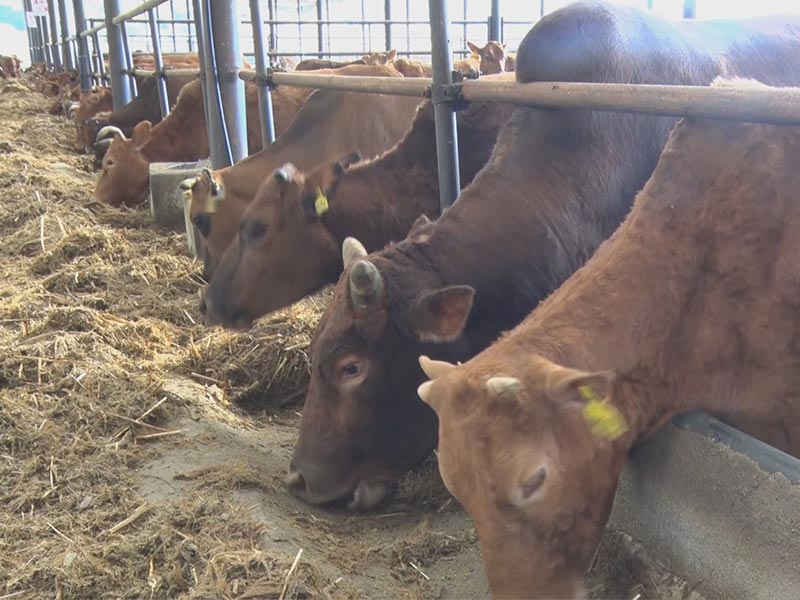Fully automatic cattle and sheep feed processing equipment
Fully automatic cattle and sheep feed processing equipment

Technology leads the efficient development of animal husbandry. With the rapid development of modern animal husbandry, feed processing technology has also ushered in changes. Fully automatic cattle and sheep feed pellet equipment is gradually becoming an indispensable and important equipment for large-scale farms with its high efficiency, energy saving and environmental protection. This article will take you to have a deep understanding of the advantages, working principles and impact of fully automatic cattle and sheep feed pellet processing equipment on the future of animal husbandry.
一. Advantages of fully automatic feed pellet processing equipment
1. Efficient production: Compared with traditional feed or semi-automatic production methods, the fully automatic feed pellet processing production line can operate continuously, greatly improving production efficiency. It can mix various raw materials evenly and make pelleted feed in a short time to meet the precise nutritional needs of cattle, sheep and other livestock.
2. Nutritional balance: The equipment can accurately control the raw material ratio to ensure that each grain of feed contains balanced nutrients. Through scientific and reasonable formula design, the palatability and digestibility of feed can be targeted to improve the healthy growth of livestock.
3. Reduce costs: Automated production reduces labor costs and avoids errors and waste caused by human operation. At the same time, since the storage and transportation of pellet feed are more convenient, the relevant costs are also reduced.
4. Environmental protection and energy saving: The design of the fully automatic feed pellet processing equipment fully considers the needs of energy conservation and emission reduction, and adopts low-energy motors and high-efficiency dust removal systems to effectively reduce energy consumption and environmental pollution.

二. Brief description of working principle
The fully automatic cattle and sheep feed pellet processing equipment mainly includes raw material crushing, mixing, granulation, cooling, screening and packaging. First, various raw materials such as corn, soybean meal, wheat bran, etc. are sent to the grinder for refinement; then, the crushed raw materials are sent to the mixer according to the formula ratio for full mixing; then, the evenly mixed materials enter the pelletizer and are squeezed into pellets under high pressure; the prepared pellet feed needs to be cooled and screened to remove excess moisture and unqualified pellets; finally, the qualified pellet feed is automatically packaged into bags for easy storage and transportation.
三. Impact on future animal husbandry
1. Promote the transformation and upgrading of animal husbandry: The application of fully automatic feed pellet processing equipment will promote the development of animal husbandry towards standardization, scale and intelligence, and improve breeding efficiency and market competitiveness.
2. Improve food safety: By precisely controlling the feed ingredients and processing process, the harmful substances in the feed can be effectively reduced, and the quality and safety of livestock products can be improved.
3. Promote resource recycling: In the process of feed processing, waste such as dust and residues can be scientifically processed to achieve resource utilization and reduce environmental pollution.
4. Enhance the risk resistance of animal husbandry: Automated production improves the stability and reliability of feed supply, which helps the animal husbandry industry maintain steady development in the face of natural disasters, market fluctuations and other challenges.

In short, fully automatic cattle and sheep feed pellet processing equipment is an important support for the development of modern animal husbandry. With the continuous advancement of technology and the expansion of its application scope, it will play a more important role in improving animal husbandry production efficiency, ensuring the quality and safety of livestock products, and promoting resource recycling.
Prev: How to choose a feed pellet mill Next: 1 ton per hour feed pellet production line




